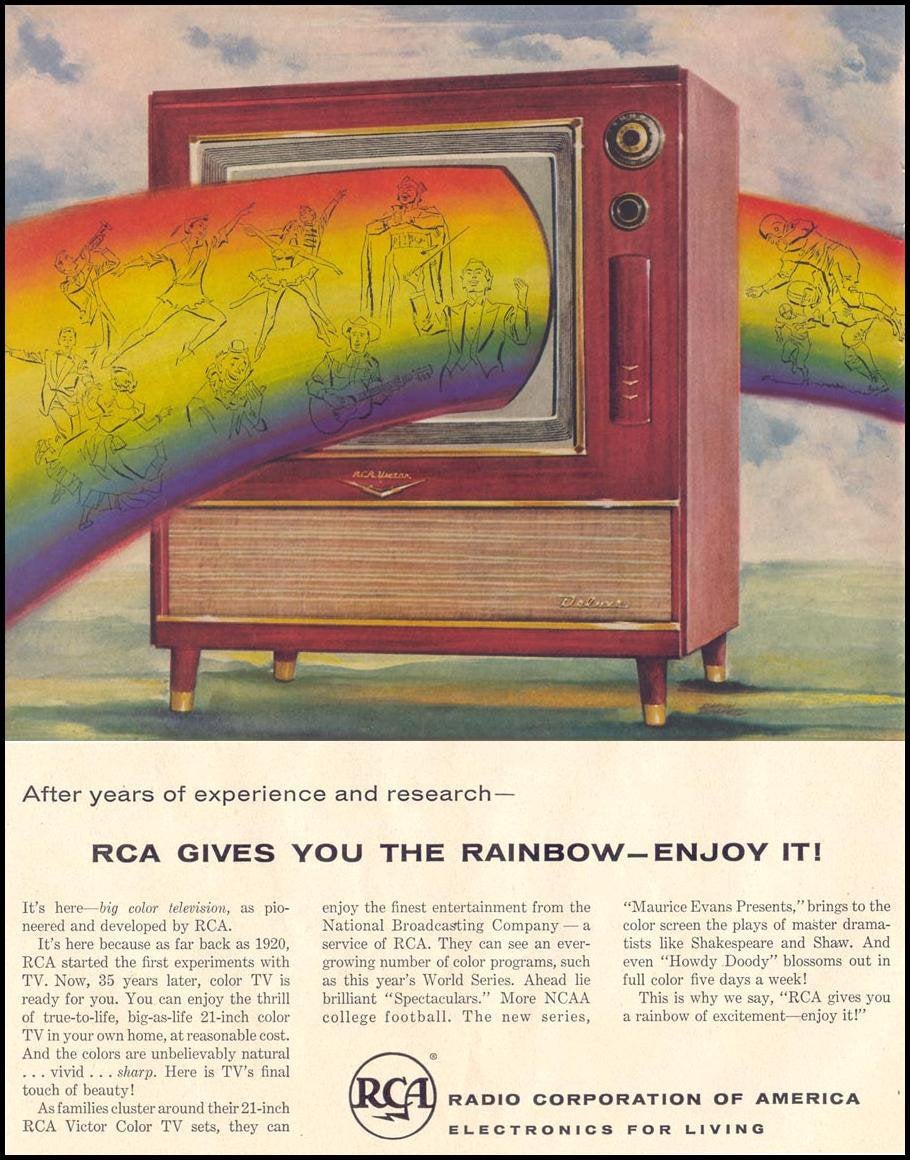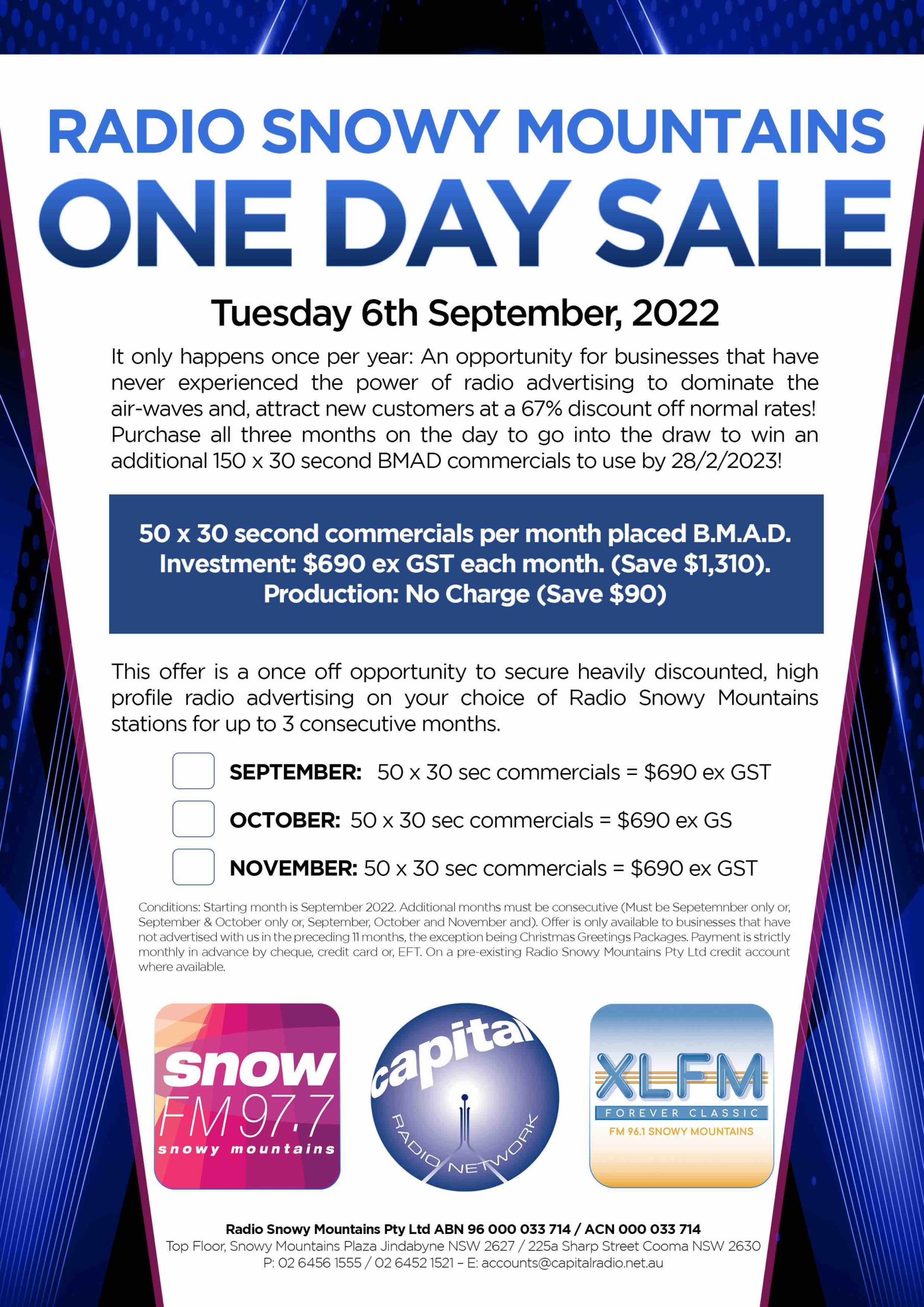
In recent years, targeted TV advertising has become more popular. Not only can it increase the reach of a campaign, it can also help brands build their brand. Targeted advertising was not always the best choice. Although a targeted commercial might look like a 30-second spot on TV, it was often scheduled weeks ahead of time. A majority of commercials are simply mass-market messaging.
Consumers have the ability to personalize their TV viewing experience, which is one of the main benefits of targeting TV ads. Consumers can, for example, choose the ads they would like to see during commercial breaks. This is much better than seeing the same generic ad multiple times. However, it is not easy to reach the right audience by sending the right message.
Advertising agencies must first and foremost find a way of unifying their TV advertising approach. This involves combining data and technology to deliver precise targeting. There are many types to target, such as connected TV (CTV), and addressable TV(AT). The most popular form of targeted advertising is CTV. ConnectedTV allows marketers to target viewers using their demographics, behaviors and other characteristics.

There are also new viewing options that offer companies a variety of benefits. Marketers can boost their brand strategies by using streaming services such Hulu or Netflix. They can increase awareness for products that are only available online. These types of viewing experiences are able to transform the way we see TV ads.
QR codes are another option available to marketers. These nifty little gadgets can be used to explore a product, make a purchase, and even explore a company's story. QR codes are not new, but they have grown in popularity over the years.
Cadent's Aperture Marketplace is an example. This tool allows advertisers to create audiences segments from first- and second-party data. It's not the most exciting feature, but it's still essential for marketers.
Infomercials are another form of targeted television. Infomercials often advertise a premium or discount for a cross-sell/upsell product. But, an infomercial that is well-crafted should be credible and pace the product in a way that makes sense. An appealing, humorous commercial is also a great way for viewers to be attracted.

Advertisers should consider both their brand's consumer and how they can make their TV ads convincing. An infomercial that is well executed should be able create a need in the mind of the viewer. If the consumer can find a need for the product, it will be much easier to build a relationship with them.
The next step is to use data for better decision making about the right TV advertisement. Advertisers today can optimize their media campaigns using technology and data to help them achieve their business objectives.
It's evident that TV advertising will become more interactive as more people turn to online and streaming services. Marketers must think creatively about engaging their audience with over-the-top content as more people cut the cord.
FAQ
What do you need to know about radio advertising?
It is important to understand the interdependence of different media types. It is important to understand that all media forms are complementary and not competitive.
Radio advertising can be extended to television. Radio can complement TV advertising by reinforcing key messages, and providing additional information.
Radio listeners may find TV commercials too long. Radio ads are usually shorter and less expensive.
What is the primary purpose of advertising?
Advertising isn't just about selling products. It's also about creating an emotional connection among your customers and you.
Advertising is about communicating ideas and values to people who are already interested in what you have to offer. Advertising is about changing people's minds and attitudes. It's all about building relationships.
It's all about making people feel good about themselves.
But, if you don’t have a clear understanding of your customers’ needs, you will not be able sell anything.
Before you begin any advertising campaign, it is important to understand your customers' needs, wants, and buying patterns.
You can then design ads that resonate with them.
How do I choose my target market?
Start with yourself and those close to you. If you don’t know where or how to start, ask yourself "Whom are I trying to reach?"
These are some questions to ask yourself: Who is the most influential person in my industry? What are their biggest challenges? Who are the smartest people in my industry? Where can they be found online?
Rewind to the beginning, when your business was founded. Why did you start? How did you solve the problem?
These answers will help identify your ideal clients. You'll also learn more about what makes them tick and why they buy from you.
To get clues about who they cater to, you can also check out your competitors' social media pages and websites.
Once you have identified the target customers, it is time to decide what channel(s) you want to use to reach them. For example, if your company provides services to real estate agents, you might create an informational website targeting home buyers.
A blog that targets small-business owners could be a possibility if you are a software provider.
A Facebook page for teens could be set up if you are a clothing seller. For parents who are looking for child-friendly restaurants, you might set up your own Twitter account.
The important thing is that you have many options for getting your message across.
What do you need to know about internet advertising?
Internet advertising has become an integral part any business strategy. It allows companies to reach potential customers at low costs. However, there are many different types of internet advertising available. Some are free while others may require payment.
There are also several ways to advertise on the internet, including banner ads, pop-up ads, search engine optimization (SEO), pay-per-click (PPC) advertisements, social media marketing, e-mail marketing, and mobile marketing. Each method has its benefits and drawbacks.
What is branding?
Branding is how you convey who you really are and what you believe in. It is how you make people recall you when they hear you name.
Branding is all about creating an identity that makes your company memorable. A brand isn't just a logo. It also includes everything you do, including your physical appearance as well as the tone of voice that employees use.
Because they are confident they will get what they want, a strong brand can help customers feel more comfortable buying from you. They also feel more confident choosing your products than those from competitors.
Apple is an example of a well-branded business. Its brand is known worldwide for its sleek design, high-quality products, and customer support.
Apple's brand has become synonymous with technology. Apple is synonymous with technology.
You should think about creating a brand if you are considering starting a business. This will give your business a face and personality.
What is affiliate market?
Affiliate marketing is an internet business model in which you refer customers to other products and services. If someone buys from your product, you get paid by the owner.
Affiliate marketing relies on referrals. To get people to buy from your affiliate marketing, you don't have any special requirements. Simply refer people to the website.
You can make money without doing any hard selling at all. It's easy to sell just as much as it is to purchase.
It takes just minutes to set up an account as an affiliate.
The more people you refer, the more commission you will receive.
There are two types affiliates.
-
Affiliates who have their website owned by them
-
Affiliates who work for companies that offer products and services.
What do you need to know about television advertising?
Television advertising is an extremely effective medium for reaching many people at once. It was also expensive. It can still be very powerful if used correctly.
There are many different types of TV ads, but they all have certain common characteristics. The first thing to remember when planning any type of TV ad is to ensure it fits into its category. You shouldn't attempt to make a lifestyle commercial the same as a product ad. Your message should be consistent across the entire campaign.
A second important thing to keep in mind is that prime-time hours is the best time to air ads. This is because TV viewers often relax while in front of the screen. You want them to be comfortable enough to listen to your words.
You don't have to be rich to achieve great results. The opposite may actually be true. According to a University of California study, commercials that aired on popular TV shows had lower sales than those that aired on unpopular programs. You should ensure that you spend your money wisely if you plan to advertise on television.
Statistics
- Advertising's projected distribution for 2017 was 40.4% on TV, 33.3% on digital, 9% on newspapers, 6.9% on magazines, 5.8% outdoor, and 4.3% on radio. (en.wikipedia.org)
- This means that at least 50% of an ad needs to be shown on the screen for at least one second. (quicksprout.com)
- It's 100% reliant on your website traffic. (quicksprout.com)
- Advertising spending as a share of GDP was about 2.9 percent. (en.wikipedia.org)
External Links
How To
How do I advertise with Google?
AdWords is Google’s advertising platform that allows businesses to buy ads using specific keywords. First, you need to set up an account. You select a campaign name, set the budget, choose the ad type (text, image, video), and add keywords. Then, you place a bid on the keywords. Clicking on an ad will pay you only if it is clicked by someone who searched using one of your targeted keywords. You get paid even if people don't purchase anything.
Google has many tools to help you ensure your ads work. These include Ads Preferences Manager, Keyword Planner, Analytics, and Ads Preferences Manager. These will allow you to identify the best options for your company.
The keyword planner will help you decide which keywords you should use in your campaigns. It also shows you how much competition there is for certain keywords, helping you decide whether or not to spend money bidding on them.
To change settings such as the maximum number per day or the minimum cost per Click, you can use Ads Preferences Manager
Analytics allows you monitor and compare the performance to your ads against other companies. You can view reports that show how your ads performed in comparison to other ads.